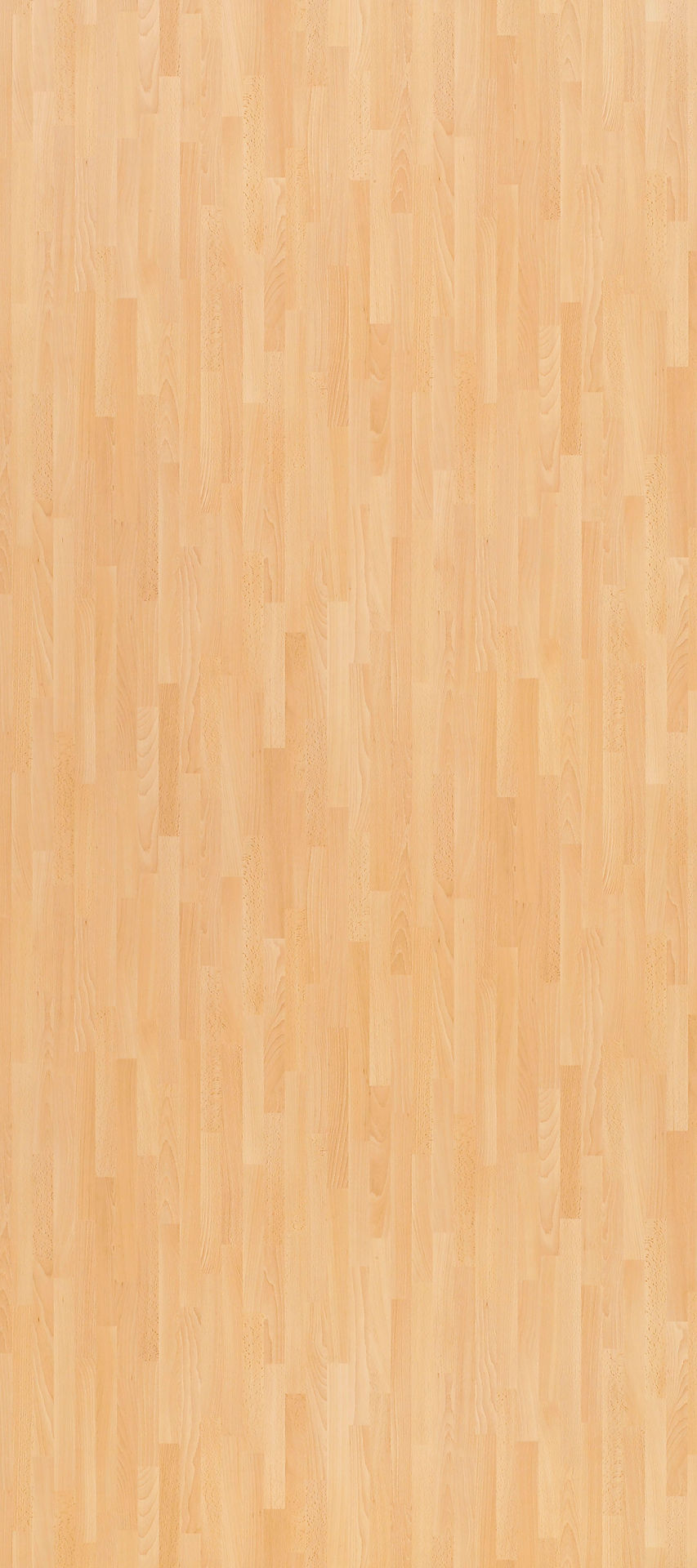Diastasis Recti

Treatment to correct Diastasis Recti can be done with exercise, physiotherapy or, in the last case, surgery, when the spacing is greater than 5 cm and the exercises were not effective to correct the situation.
These treatment options can begin after the normal birth, or shortly after the cesarean section is healed, but in the case of surgery, it can only be performed when indicated by the doctor.
What is Diastasis Recti
Diastasis Recti is the removal of the abdominal muscles and connective tissue that usually occurs during pregnancy, being the main cause of abdominal flaccidity and postpartum low back pain.
This distance can reach up to 10 cm away and is due to weakness of the rectus abdominis that is very stretched due to the growth of the belly during pregnancy, rapid weight loss, but also can happen outside of pregnancy, when the person lifts very heavy objects in a wrong posture.
Some women have such a large gap that they can press 3 or 4 fingers in their abdomen and these 'sink' as if they had a hole in the belly, because there is no muscular wall there that should prevent this entrance.

You may be wary of having diastasis after childbirth when you feel the area below your belly is too soft and flaccid or notice a lump in your abdomen when you take some weight, crouch or cough, for example.
How to treat Postpartum Diastasis
The treatment options for curing abdominal diastasis and getting the belly hard again are:
The exercises are of great help in the treatment but must be performed with supervision of the physiotherapist or personal trainer because poorly executed can cause an increase in the intra-abdominal pressure, and increase the separation of the challenges, worsening the diastasis or lead to the hernia.
2. LPF (Low Pressure fitness) or Hipopressive gymnastics: Hypopressive exercise was originally taught by Marcel Caufriez as a breathing technique to be used in a clinical setting. A tool therapist could use to help post-natal women prevent and/or re- cover from pelvic floor dysfunction (incontinence, prolapse, Diastasis Recti).
The assistance of a physiotherapist is important in the treatment of diastasis rectus. Initially they can assist in confirming your diagnosis and establishing its severity. From this assessment the physiotherapist will be able to determine an appropriate treatment plan. This may involve activity modification, exercise and using a brace for support. Deep abdominal and pelvic floor strengthening is used to manage diastasis rectus. A brace can be used to provide support and act as a reminder to activate deep abdominal muscles.
4. Surgery
Surgery is the last resort for diastasis correction, but it is very simple and consists of sewing the muscles. Although surgery can be performed only for this purpose, the doctor may also suggest a liposuction or abdominoplasty to remove excess fat, sewing the muscle to finish.
What to do to make the belly hard
During treatment to correct abdominal diastasis is also recommended:
Maintain good posture standing and sitting;
Maintain contraction of the transverse abdominal muscle throughout the day. All you have to do is try to bring your belly button closer to your back, shrinking your belly especially when you're sitting, but you should keep that contraction all day long;
Avoid as much as possible to bend the body forward, as if doing a traditional abdominal because it worsens the diastasis;
Whenever you need to lower to get something off the floor, bend your legs, squatting your body and do not lean forward;
Only change the baby's diaper on a high surface like a diaper change, or if you need to change into a bed, get down on your knees to not lean forward;
Use the postpartum brace for most of the day and even to sleep, but do not forget to keep your belly curled inward to strengthen the transverse abdomen during the day.
In addition, it is important not to perform traditional abdominal exercises , nor the oblique abdominal to not worsen diastasis.
Treatment time
The treatment time may vary according to the size of the diastasis, since the greater the spasm, the more difficult it is to promote the union of the fibers only with exercises or physiotherapy. However in a diastase less than 5 cm, if the treatment is performed daily, in about 2 to 3 months it will be possible to observe the reduction of the diastasis.
Complications of diastasis
The main complication of abdominal diastasis is the onset of back pain in the lower back. This pain occurs because the abdominal muscles act as a natural band that protects the spine by walking, sitting, and exercising. When this muscle is very weak, the spine becomes overloaded and there is a greater risk of developing herniated disc, for example. Therefore, it is important to perform the treatment, promoting the union and strengthening of the abdominal fibers.































